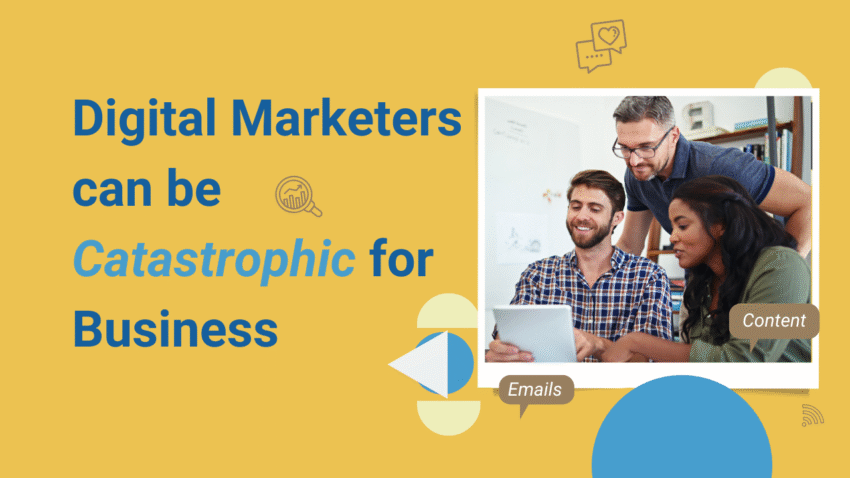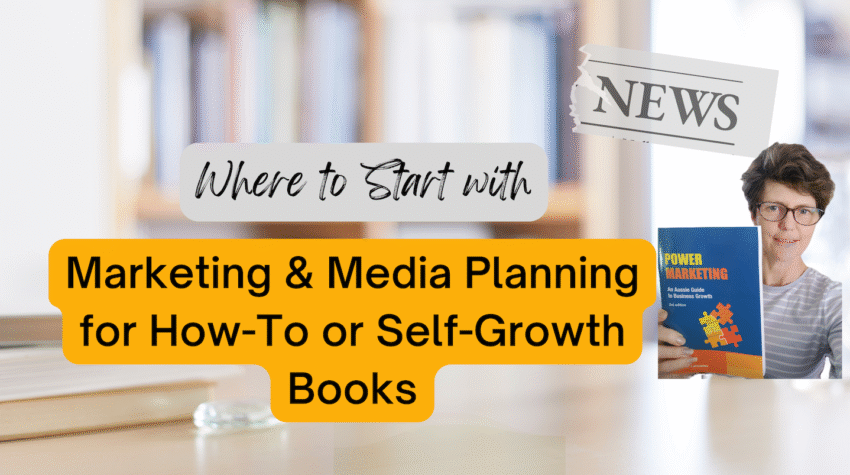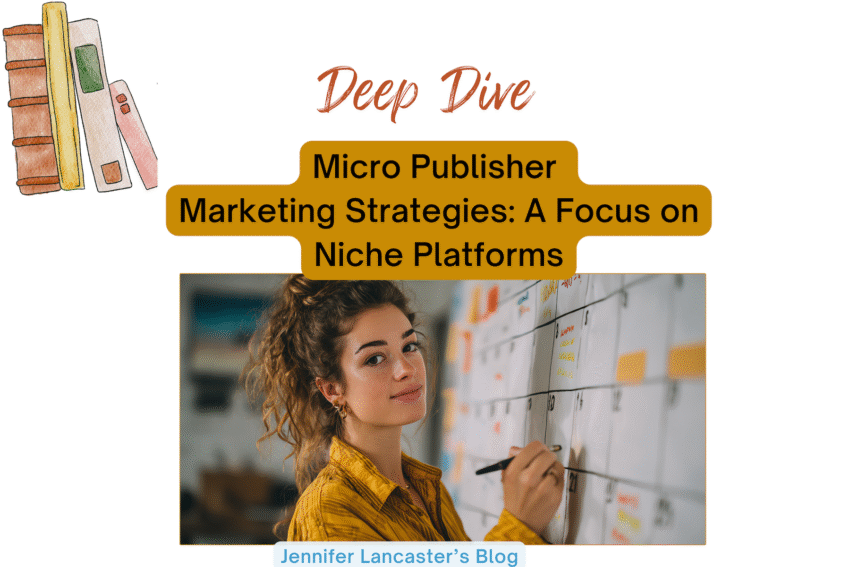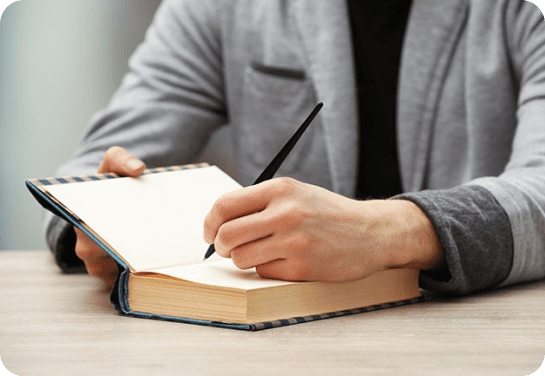Even though this is meant to be light relief, hopefully you’ll also learn a lot about how to publish a book in Australia, without losing your shirt.
First step, ignore all ads that start following you around the internet. Those are likely to be vanity press/support companies who want your dollars. Next, write a list of simple actions you will take to get this book published.
Here’s a fun look at the usual book publishing steps for Australians.
1. Decide on your publish path.
Choose whether you want to pitch for your life to Literary Agents (or do Friday Pitches by email to big publishers)… or Self-Publish and pay for everything. It’s tougher to get wide bookstore distribution as your own publisher.
2. Determine your costs, if going indie.
Expect to pay around $3,000 to $8,000 for two rounds of editing, cover design, inside typesetting, marketing matter (bookmarks, a banner) and minimum print numbers for review copies and libraries, plus competition app, website costs, Facebook ads (if any) and ebook conversion costs.
Optional costs can spiral out of control, especially when you consider every man and his woof-woof is offering book reviews for a price. HAVE A BUDGET!
3. Adjust expectations.
Rewire your brain to expect very little sales from sources that are not your direct friends and contacts or library suppliers (and hopefully be pleasantly surprised!) Although the odds are against mass sales for book #1, with the right partners, your book can lead to many good opportunities for you.
4. Get critical feedback.
Join a writing group or make friends with excellent writers who might agree to beta read for you (a real money-saving tip I used myself!) Also get a line editor for expert help with sentence flow, although biased I may be.
5. Start promotions mega-early.
While your book is in with the editor or readers, contact some book reviewers in Australia. Books+Publishing will look at a preview (PDF) if you email 3 months ahead of publication. Their Editorial Submissions has a Review part, so apply there.
Goodreads publishes reviews from readers. Good Reading magazine is hard to get into, and focusses mainly on traditionally published or hot indie sellers.
You can write book reviews at ABR (Australian Book Review), but there is a fair process to submit and you won’t be reviewing your own book. Which helps you not at all.
Get your Media Kit done at this time as well. In it, have your new ‘author photo’, website URL, book URL, and list of social media pages, plus suggested questions. You might want to put ‘author with book photo’ in your budget as well.
Set up your Instagram author account about now. Make it a business account so you can have a URL in your ‘profile’. Say that you’re an author of ‘genre’ in the profile.
URL = website address!
6. Don’t get distracted.
It’s too easy to do all this work writing and publishing a book and then go back to day job/business life. At least reach out to friend bloggers, do a few media pitches to trade magazines/entrepreneurial zines, and offer to appear on a relevant podcast.
7. Pretty book publishing.
If you have a publisher, they do the prettying up of pages, book cover, author web banner, and bookmarks. But for indie authors, we’re reliant on talent or good book designers. At the minimum, order a book cover. You can get a cover design from AU$50 to $250, which looks very smart. If you are only doing publishing for friends and family, then break out the Canva templates and find a nice image to make a cover with. However, make sure your print images and PDF is high resolution!
8. You must decide on retail distribution.
One mistake I made is, I didn’t apply to the book distributors before I did Print on Demand. Some bookstore distributors will only accept those who have not selected to print on demand. And as publisher, you would need to supply 200+ books or so for them to try to hock (I mean sell).
Then again, the good side is, I didn’t have to risk $1,000 on books which may not sell. Plus, most avid readers order from Amazon.com.au or Book Depository anyway… if they order online and like a nice price.
9. Love the library suppliers.
Library buyers use a system and only order from a library supplier. So let the library suppliers know!
ALS (Australian Library Suppliers, Adelaide) may order in bulk, if you set a net price at MyIdentifiers and then you can supply bulk orders yourself. Other suppliers will only order through the print fulfilment / print-on-demand system.
10. ISBNs, don’t forget about these.
Hey, this How to Publish a Book list is not in order, okay! I know as an indie publisher, you need to order your ISBN set right away from MyIdentifiers.com.au. You can start just with the book title and author, and fill in the rest later. But, and it’s a big but, you MUST go back and upload the cover shot and details like pricing and rights! If you don’t, every time someone looks up Neilsen BookScan or Booko.com.au, they get a big blank shot with no meta-data. (Meta-data is a fancy word for book details, bro’;)
You’ll need a barcode too, but most of us who finalise our own cover artwork don’t need to buy it. We just generate one on the cover template.
11. Typos.
Inevitably, you’ll spot a typo on your print proof. The whole reason you get ONE copy of a book after you finish and before you distribute it is because you’ll only see some typo’s or omissions when you see it in print. Also get a friend who dislikes you to read the book. A teenage son or daughter will do. They will be more critical and will be able to SEE the mistakes you’ve made.
Why? You’ll be so excited to receive this beauty, that you’ll probably miss something. (In my case, an entire pyramid-shaped image was missed! And I checked the proof!)
12. Happiness is using your book.
Basically, this step is letting yourself be happy that you had the temerity to write a book and publish it too! Even if no-one is buying these types of books right now, make sure at Easter, Christmas time, friends’ birthdays, or for the school raffle, you trot the book out again.
Perhaps, if at the local Rotary club, present the book with a delectable offer (discount for cash… or raffle prize with your contact card in there). Square payments or PayPal business app can accept a payment for a book, person-to-person.
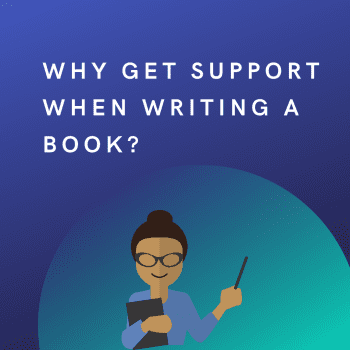
In Summary: Publishing a Book in Australia
So, whether you self-publish or try to get in with a literary agent, it’s time to write your own ‘publishing to-do’ list using some of this information. If you thought writing the book was hard, you haven’t seen nothing yet! Wait till you need to go on podcasts, create speeches from your book, join a radio spot, or do masses of guest posting.
Publishing a book is akin to running a marathon, so put on your jogging shoes and prepare your mind and body for launch!




